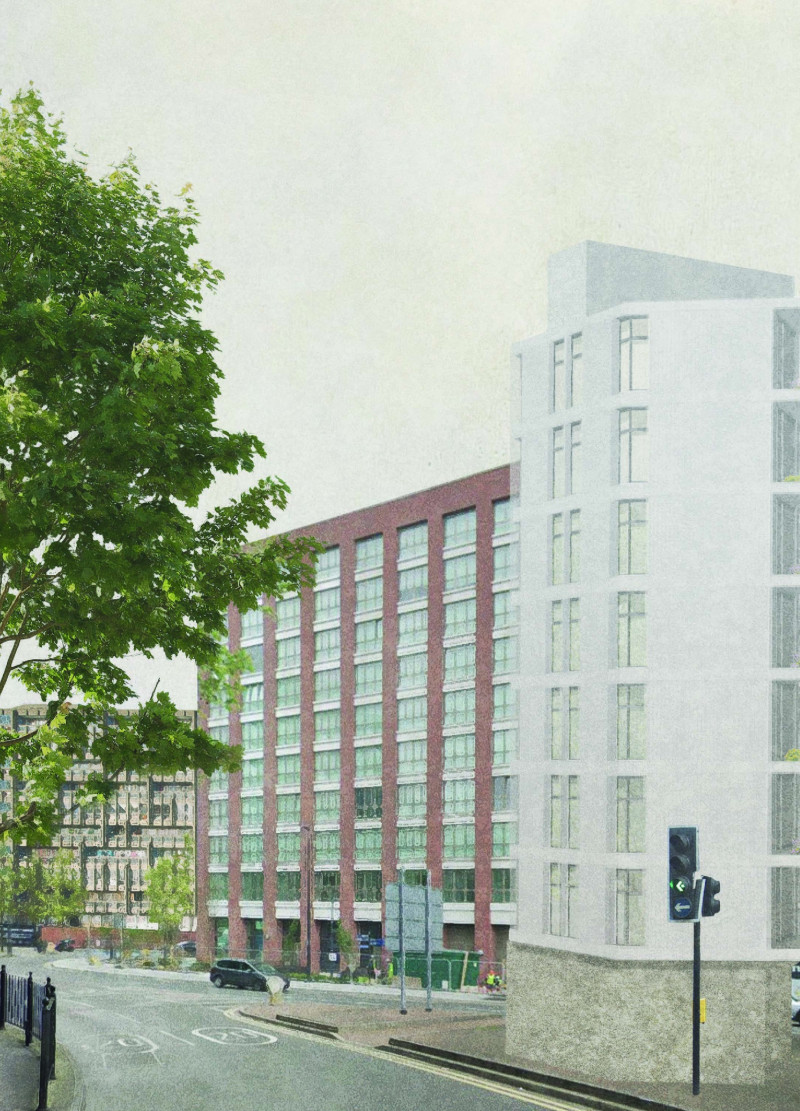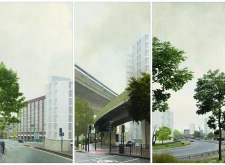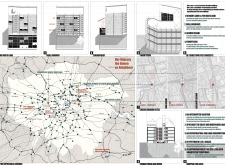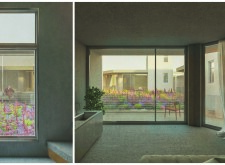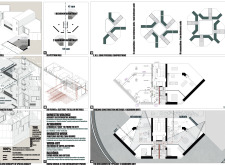5 key facts about this project
The Concrete Island is an architectural initiative that addresses the challenges of urban living through a thoughtful design approach. It focuses on enhancing community interaction and personal privacy within a dense metropolitan setting. The development serves as a residential area, introducing a new way to experience urban life while blending public and private realms.
Private Terraces and Public Integration
By creating private terraces within public spaces, the design aims to redefine boundaries in urban environments. These terraces provide a personal retreat for residents, offering comfort in a busy city. This layout encourages social interaction while maintaining a sense of ownership and seclusion. The project embodies a balance between community engagement and individual needs.
Window Configurations and Natural Ventilation
Another important feature of the design is the change in window configurations. The transition from single-module to four-module windows enhances the flow of natural light and air into living spaces. This approach not only improves visual comfort but also supports the overall health and well-being of residents. Access to fresh air and light is crucial in dense urban settings, making this aspect a significant consideration.
Silence Island and Acoustic Considerations
The design incorporates the notion of a “Silence Island,” where the building's mass functions as a barrier against outside noise. This thoughtful arrangement helps create a quieter living environment, essential for well-being in bustling cities. By mitigating urban sound, the design enhances the overall quality of life for its residents, making it a notable consideration.
Retrofitting Existing Urban Areas
The project actively explores the repurposing of underused urban spaces, such as traffic islands and roundabouts. Transforming these areas into residential opportunities exemplifies efficient land use. It reflects an innovative approach that allows for increased density while fostering a sense of community. This strategy enhances the potential of the urban landscape, making it more livable and accessible.
Concrete as a Defining Material
Concrete is a primary material used throughout the design, connecting it to the principles of brutalism. It serves both structural and aesthetic purposes. The choice of concrete helps to create a cohesive identity for the development. Its durability and texture resonate with the architectural themes of the past while addressing contemporary living needs.
The design places emphasis on large terraces that connect indoor and outdoor living. This feature invites residents to engage with nature and enhances the overall living experience in the Concrete Island.


